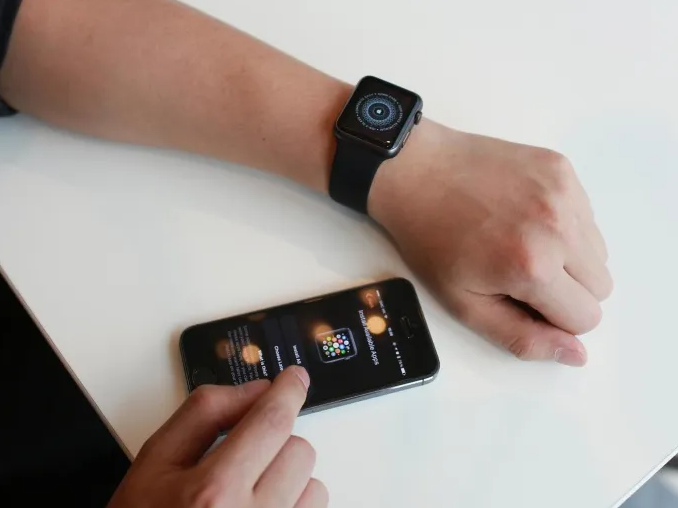
Apple has revised its expectations regarding the battery lifespan of the iPhone 15, iPhone 15 Plus, iPhone 15 Pro, and iPhone 15 Pro Max, stating that it may now provide double the previously anticipated charging cycles, according to the specialized website “9 to 5 Mac.”
Battery capacity has long been a concern for iPhone users, with some complaining that their smartphones’ batteries do not hold up to expected charging levels over time.
Previously, Apple had set expectations for the duration the battery should last, though it has now doubled its claims.
The company previously stated that its iPhone batteries are designed to retain up to 80% of their original capacity after about 500 full charge cycles.
However, Apple recently clarified that its batteries for the iPhone 15 lineup are designed to retain up to 80% of their original capacity after about 1000 full charge cycles.
Apple says its testing involved charging and discharging the battery about 1000 times under specific conditions representing typical usage scenarios. Various improvements made to the components and the company’s diverse power management systems allowed for the change in the number of cycles.
This change applies only to the iPhone 15, iPhone 15 Plus, iPhone 15 Pro, and iPhone 15 Pro Max devices, with previous models continuing to be rated at 500 cycles. Apple says it is examining older models to determine if the charging cycle data points are still accurate.
The company introduced new battery health controls in the iOS 17 operating system alongside the launch of the iPhone 15 lineup, including an option to never charge the battery beyond 80%.
According to the company, charging from 0% to 80% is relatively efficient, but the last 20% of charging uses more energy and produces more heat, which may lead to battery degradation.
Users of the iPhone 15 lineup can view the number of cycles for their devices by opening Settings, selecting Battery, and then Battery Health.
The company states, “Maximum battery capacity measures the device battery capacity relative to when it was new. Battery capacity decreases chemically as a battery ages, which may result in fewer hours of usage between charges. The battery capacity may show slightly less than 100% depending on the length of time between when the iPhone was made and when it is activated.”
Apple is likely to retain the higher cycle count for future iPhone releases, though the technology it may use to achieve this is subject to change.
One rumor suggests that Apple may use graphene to help mitigate overheating issues.
Leave a Reply